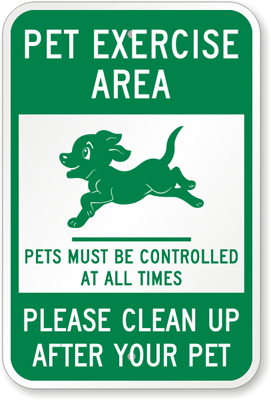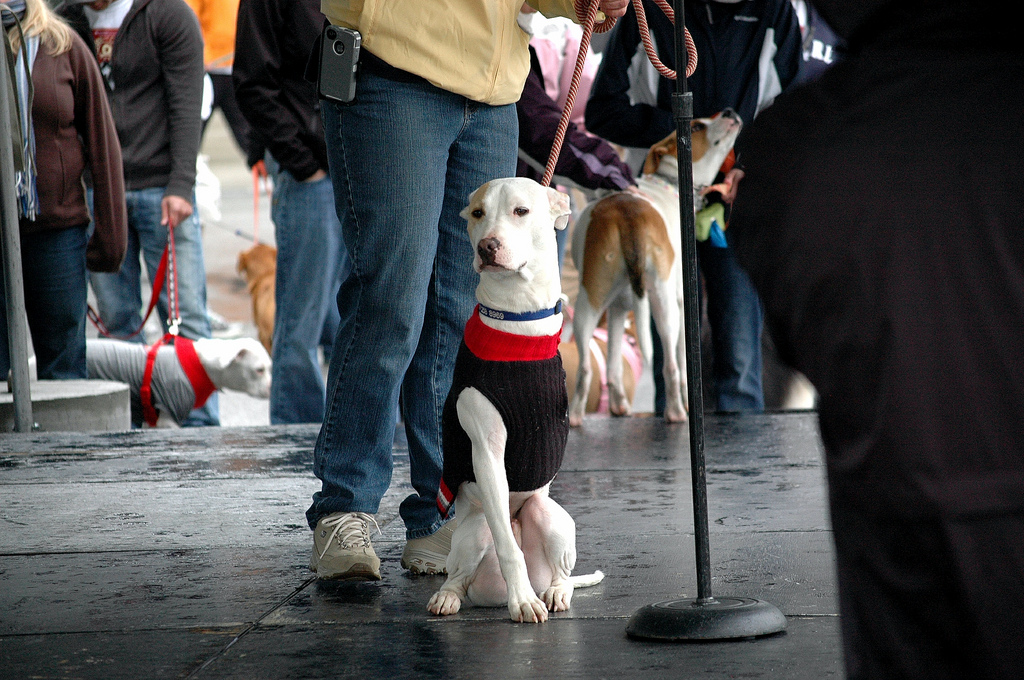Pet Adoption 101: Tips on adopting as summertime adoption events pick up
From South Carolina and the Quad Cities of Iowa and Illinois, to Wisconsin, and New York, summertime pet adoption events are popping up throughout the country. It’s a particularly relevant time to consider the stats on adoption, animal euthanization, and other furry friend issues. First, the good news: According to the Humane Society, between 1970 to 2010, the number of dogs and cats in homes increased from 67 million to 164 million; the annual figure of dogs and cats euthanized in shelters annually also decreased, from between 12 and 20 million to 3.4 million.

People often don’t think carefully about the effort it takes to adopt a puppy. From jeffreyw.
Now, for the less positive news: the Humane Society estimates that 2.7 million healthy shelter-dwelling pets aren’t adopted each year, and a comparatively small number—30 percent—of pets with homes came from shelters and rescues. Even when pets are adopted, a number are returned back to the shelter where they originated. As The Gainesville Times reports, approximately 15 percent of pets adopted from the Humane Society of Northeast Georgia are returned. (Incidentally, that shelter took in 4,459 animals between January and June of this year; it has found homes for 1,084, an impressive increase over last year’s 616. The shelter’s euthanizations are down “by almost 600 animals from last year as well, reports the Times.)
The reasons for the returns vary—puppies, for instance, are the most frequently returned dog, as many adopters don’t realize how much time and care it takes to raise one. Adopting a dog with a temperament or size that doesn’t fit the adopter’s lifestyle are other factors that impact the decision to return a dog post-adoption.
The Humane Society recommends that potential pet owners spend time with their future pet, consider the amount of time needed to properly care for the pet, and work with trained adoption counselors to select a pet that will match their particular lifestyle.
“It is very easy to go in and see the cute fluffy puppy,” Julie Edwards, director of development and marketing for the Humane Society in Northeast Georgia, told the Times. “Then you adopt it and realize that it is a living breathing being. In many ways a young pet is like a young child. They need to be house-trained, watched and played with.”
If a person adopts a pet but later finds that she cannot take care of the animal, the Humane Society and other shelters will take back the pet (though in some cases, this is dependent on whether

When adopting pets, people need to consider whether or not the pet they want is a good fit for their lifestyle. From MyDoorSign.
or not the shelter has space available). Sometimes, aggressive animals will receive training before they are introduced back into the adoption pool.
Unlike purchasing a dog from a pet store, most shelters offer intensive adoption processes with the intention of preventing impulsive adoptions. Some tips potential adopters might consider before adopting, courtesy of the Washington Humane Society:
- Consider volunteering before adopting to get a feel for what daily life with a new pet is like— and what kind of pet temperament works best with your lifestyle.
- If adopting a puppy, expect to spend time and effort on obedience training, exercise (especially if your future pup has an excitable, energetic nature), and “potty” training.
- Be prepared. Consult this shopping list for must-have products for life with your new furry friend.
- Recognize and adjust your expectations. Adopt a dog whose personality, exercise needs, and temperament will fit well with your lifestyle, and prevent puppy “returns” by planning your adoption thoughtfully in advance.
Category: Pets

















